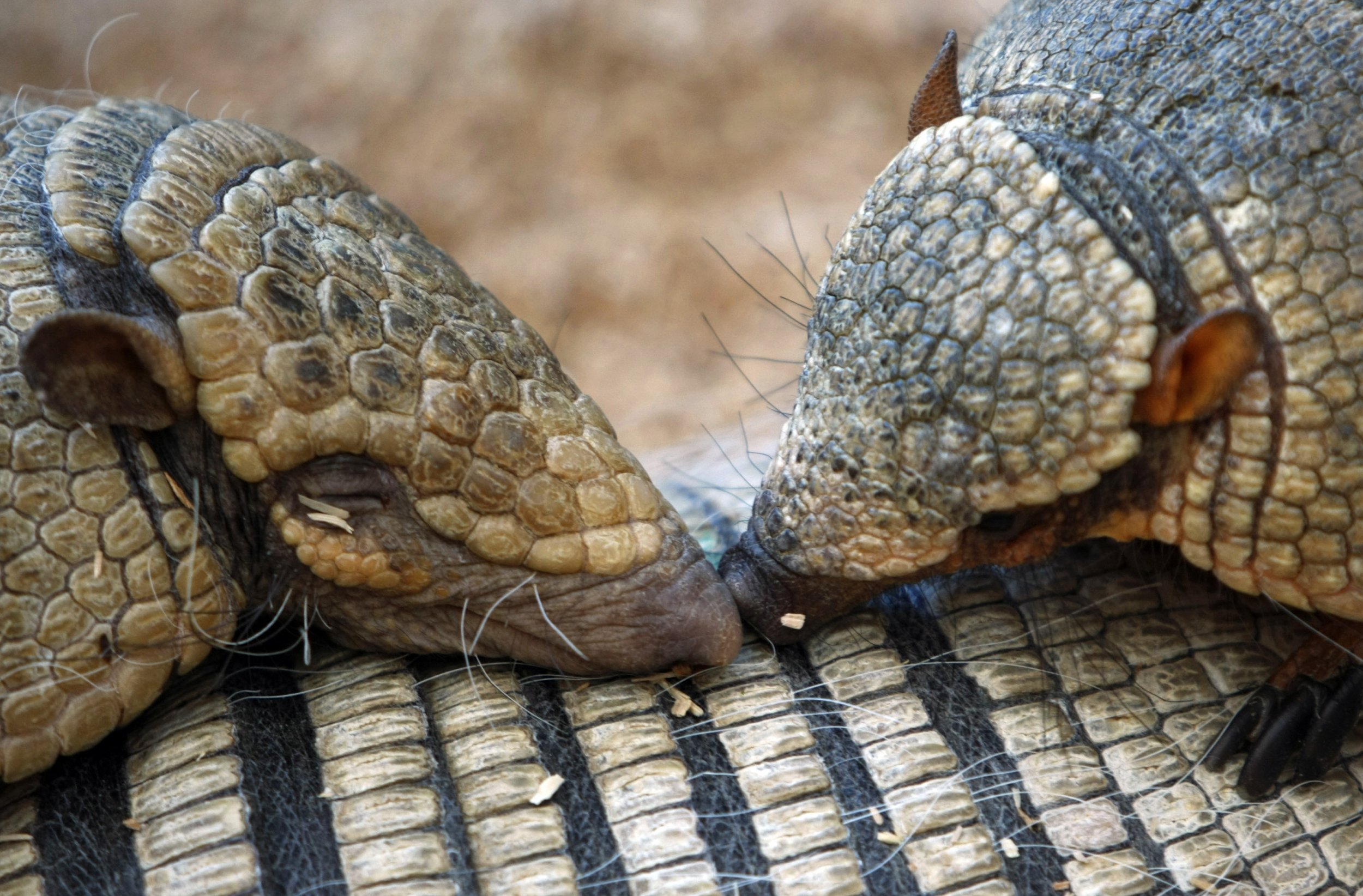

The nine-banded armadillos that can transmit the bacteria Mycobacterium leprae to humans were once thought to be primarily confined to parts of Louisiana and Texas.
#Armadillo leprosy free
"Since armadillos occur at very high numbers in many rural areas in Brazil and the new case detection rate in humans has been considered hyperendemic in the Amazon region for a long time, it is extremely likely that the introduction of M. The armadillos in the southern United States carrying the bacteria that can cause leprosy are now found over a much larger geographic range than just a few years ago, a new study suggests. About 16 percent of all the armadillos screened showed some evidence of infection, even though these areas had all previously been thought to be free of infected armadillos, the study found. Those who most frequently consumed armadillo meat had higher levels of the antibody than those who least frequently consumed the meat. In addition, 92 people - or 63% of the population - had positive levels of the leprosy antibody, suggesting exposure to the bacteria. Best places to see in Tennessee: Much more common in the south and western regions. Armadillos (Dasypus novemcinctus) as a model to test antileprosy vaccines a preliminary report The efficacy of two candidate leprosy vaccines, BCG and a mixture of BCG and killed Mycobacterium leprae, was tested in 62 armadillos caught in the wild. Leprosy, also known as Hansens disease (HD), is a long-term infection by the bacteria Mycobacterium leprae or Mycobacterium lepromatosis. In fact, armadillos are the primary source of leprosy infections in the United.

Of 146 people surveyed in Belterra, 7 patients were diagnosed with leprosy. Armadillos and humans are the only known mammals to develop leprosy. Armadillos are the only other mammal besides humans that can carry leprosy. 10 of the animals, or 62%, were infected with M. Levels of leprosy antibodies were measured in the blood of these individuals.ĭNA was extracted from the spleens of 16 armadillos captured by local hunters. Additionally, people living in the small town of Belterra were surveyed about the extent and frequency of their interactions with armadillos. In the new work, John Spencer, of Colorado State University, USA, and colleagues in Brazil conducted surveys of armadillos in Pará. It has not previously been proved whether these animals act as a natural reservoir for leprosy transmission in Brazil.

#Armadillo leprosy skin
However these animals also live in the Brazilian Amazon, where some residents hunt and kill armadillos as a dietary source of protein. Hansens disease (Leprosy) is a bacterial disease of the skin and nerves. Transmission of Mycobacterium leprae from armadillos to humans has been shown to occur in the southern United States.


 0 kommentar(er)
0 kommentar(er)
